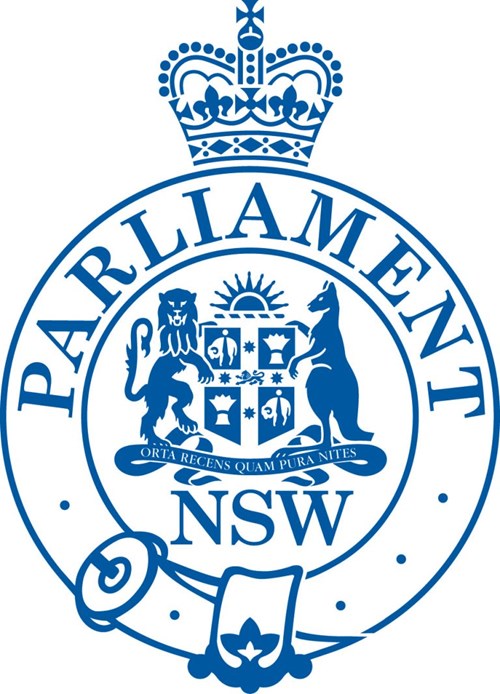What can communities do to prepare for bushfire season:
· Families and individuals need to be aware of the fire risk in their area. There are several ways of accessing information, including:
2. The Rural Fire Service website
3. Bush Fire Information Line (1800 670 737)
4. RFS social media updates: Facebook and Twitter
5. Information on the radio and television.
· People should know how to interpret the Fire Danger Rating system, which has undergone some changes in the past year. The new rating system has been simplified and now uses four categories: Moderate, High, Extreme and Catastrophic.
· Moderate means plan and prepare; High means be ready to act, Extreme means these are dangerous conditions, and Catastrophic means for your survival leave fire risk areas. For more information on these categories, check the RFS website.
· Residents can take measures around their home to prepare for bushfires, including:
1. Trim overhanging trees and shrubs.
2. Mow grass and remove the cuttings. Have a cleared area around your home.
3. Remove material that can burn around your home, such as door mats, wood piles and mulch.
4. Clear and remove all the debris and leaves from the gutters surrounding your home.
5. Prepare a sturdy hose or hoses that will reach all around your home.
· Experts do not expect this season to be as dangerous as 2019/20, which was off the back of a four-year drought, but we are facing a potentially dangerous season and communities should not be complacent.
· The growth of vegetation over three consecutive years of high rainfall has created a high fuel load, making grass fires a bigger risk than usual this season.
· Grass fires are unpredictable and move at triple the speed of bushfires. Residents should also be aware that coastal heath and scrub can burn quickly.
· Houses near bush and grassland are more at risk of fires, however fires are unpredictable. Wind can propel embers up to 30 kilometres ahead of a fire front. Ember attacks are the main cause of houses igniting during bushfires.
· Families and individuals should have a bushfire survival plan, particularly if they live near bush or grass land. At a minimum, members of households should discuss whether to leave early or stay in the event a fire is in your area. The RFS advises leaving early is the safest option.
What the NSW Government is doing on bushfire preparedness:
· The statutory Bush Fire Danger Period (BFDP) officially commenced on 1 October, when most LGAs entered the Bush Fire Danger Period (BDFP).
· Thirty-eight LGAs entered this danger period before 1 October, including 11 which entered it a month earlier than usual.
· Nine LGAs will commence the BFDP on 1 November and these are in the southern parts of the state including along the Victorian border.
· The recent declaration of an El Nino climate driver has confirmed earlier predictions of a hot and dry summer and we have already experienced a string of unseasonably warm days during early spring.
· The first significant bush and grass fires for the season occurred in the Bega Valley in early October. A Disaster Declaration was made in response, activating support for affected communities. This includes immediate clean-up assistance, assets and income tested grants for people whose houses were impacted by the fires, and concessional loans for small businesses, not-for-profits and primary producers.
· Government agencies including the Rural Fire Service (RFS) have undertaken significant preparation work for the bushfire season, including hazard reduction burns across the state.
· Wet weather over the past few years has hampered efforts to conduct hazard reduction burns, and the RFS has been working hard to meet targets before conditions become too dangerous this bushfire season.
· Since 1 July 2023, hazard reduction has been conducted across more than 40,000 hectares and will provide protection to thousands of homes.
· The NSW Government invested $10 million in the recruitment of crews to bolster hazard reduction efforts.
· The NSW Government also invested $9 million in the Chinook, a high capacity waterbombing helicopter which will be able to hold 10,000 litres of water and retardant during the upcoming summer. This complements the RFS’s already impressive air fleet and lessens our reliance on aircraft borrowed from overseas.
· As well as hazard reduction, the RFS has been training personnel and preparing equipment. There are more than 70,000 volunteer firefighters in the RFS.
· The RFS has been raising awareness of the need for bushfire preparedness, including through community-outreach events as part of Get Ready Weekend in mid-September, and an advertising campaign which the RFS is set to commence.
· The NSW Government has developed the Hazards Near Me NSW app, which notifies people of hazards in their area including fires and floods. This is a streamlined version of the earlier Fires Near Me app.
· The community is reminded that preparing for bushfire is a shared responsibility. Residents should prepare their property and make and discuss their bushfire survival plan.



